Image of the shrub you are viewing
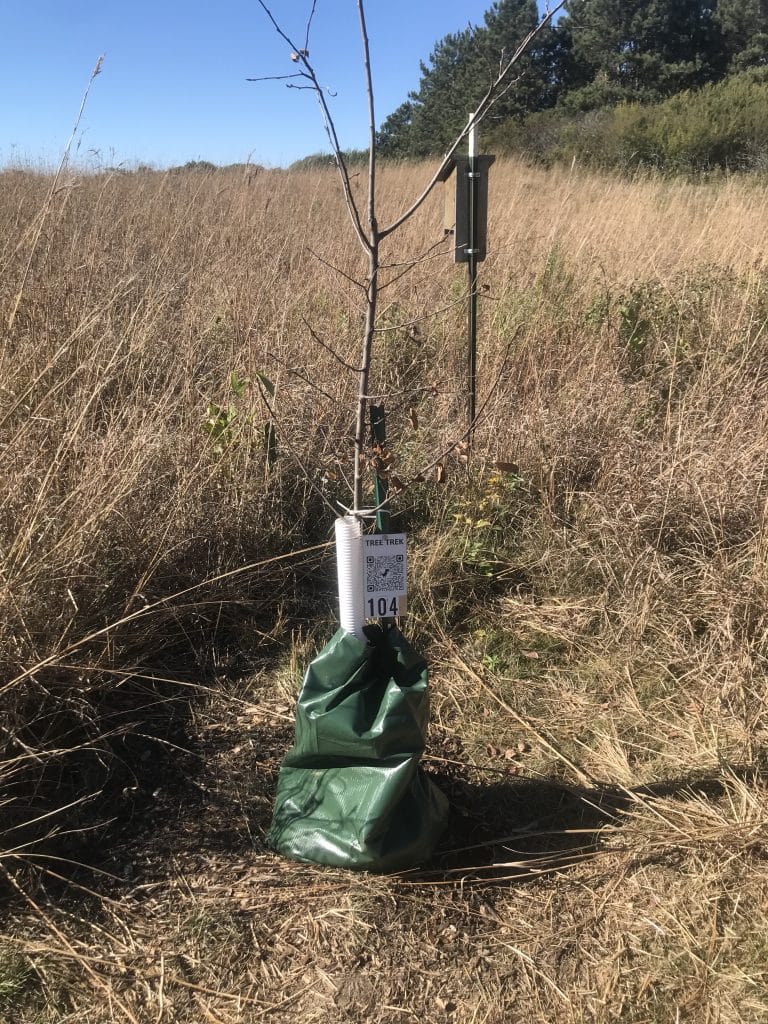
Scientific Name: Amelanchier x grandiflora is a hybrid cross between two species of serviceberries, A. arborea (downy serviceberry) and A. laevis (Allegheny serviceberry).
Common Name: Autumn Brilliance Serviceberry, Autumn Brilliance Juneberry, Apple Serviceberry. Serviceberry is of the Rose family which also covers apples and similar fruits
Deciduous – drops its leaves in Fall – Late Winter
Sunlight / Moisture Soil Preferences: This shrub is tolerant of most site and soil conditions but does not tolerate soil salt or poor drainage. It can grow in full sun and partial sun/shade. It is susceptible to heat and drought stress.
Flowering type: Serviceberry flowers are monoecious, which means each flower contains both male (stamens) and female (pistil) reproductive organs. The flowers are also considered “perfect” and are self-fertile, meaning a single plant can produce fruit on its own, though planting multiple trees can lead to a higher yield.
Pollination strategy: Serviceberry flowers use a strategy of abundant, early-blooming white flowers to attract a wide range of pollinators, including bees, butterflies, and birds.
Native: to eastern North America
Age Estimate / Health: 4-5 years, planted here in September 2025, healthy. This plant was fostered during Summer 2025 in the Washington County Master Gardeners’ Gravel Bed Tree Nursery at the County Fairgrounds and transplanted here in late September
Longevity: 40-60 years
Mature Size: 15-25 ft tall by 15-25 ft wide
GPS Coordinates: 45.0020 N, 92.9045 W
Serviceberry in Summer, Autumn, Winter
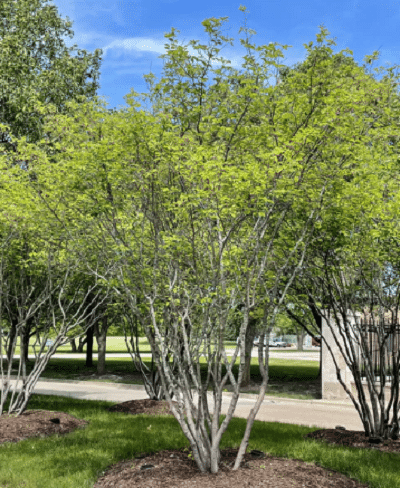
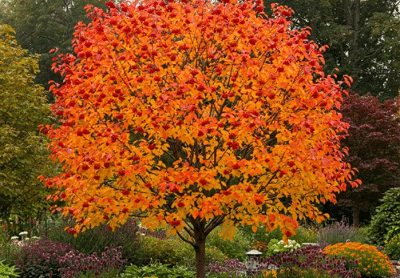
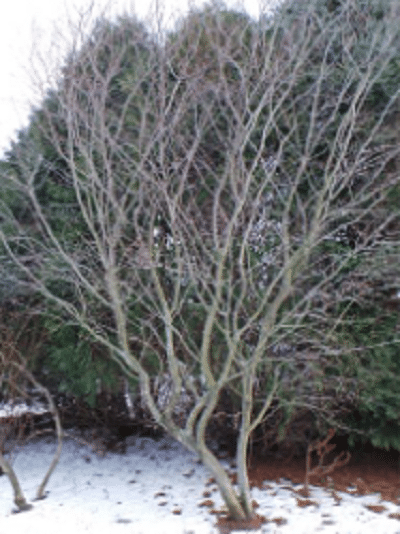
Serviceberry Leaves
Serviceberries have small, oval or elliptical leaves, with finely toothed margins and downy undersides.
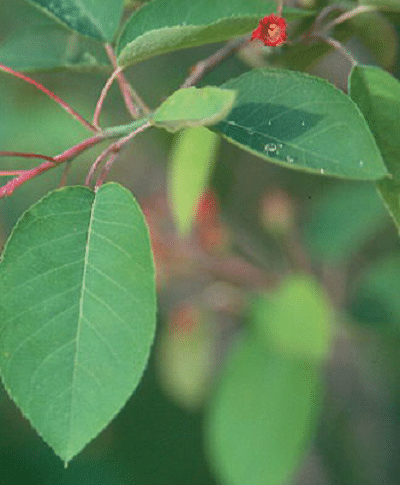
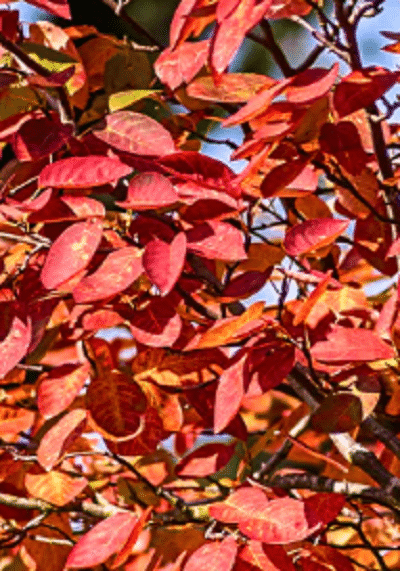
Serviceberry Flowers
Monoecious which means each flower contains both male (stamens) and female (pistil) reproductive organs.
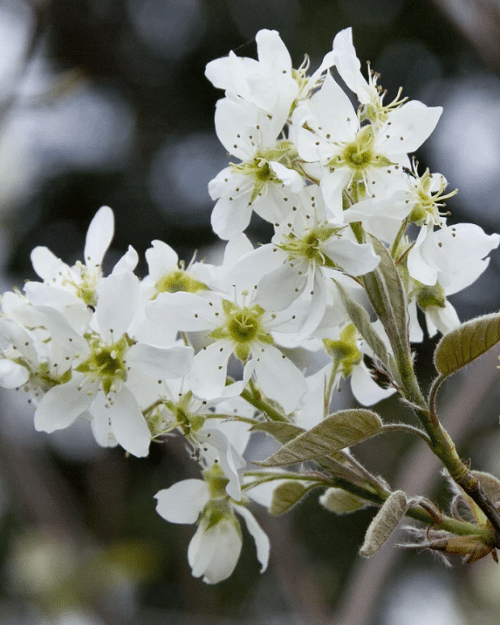
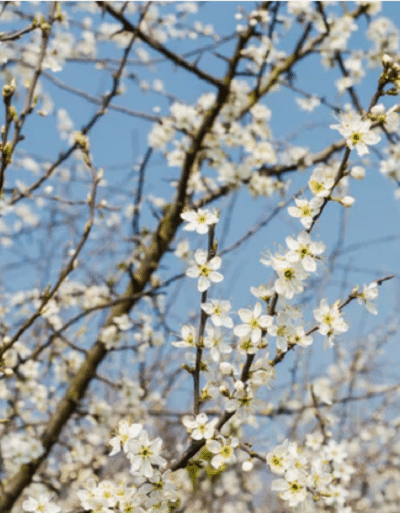
Fruit unripe and Ripe stages
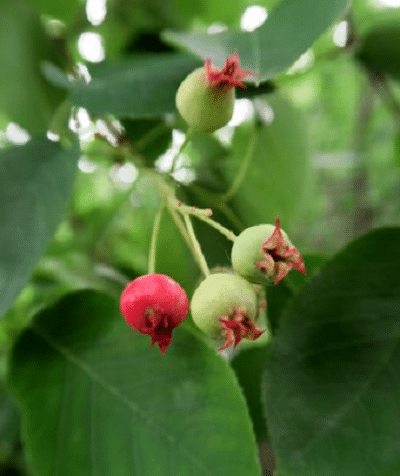
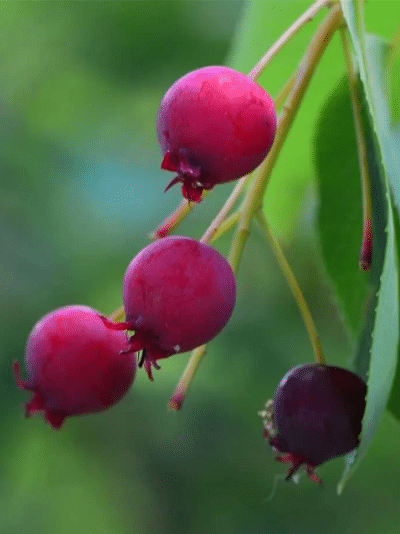
Mature trunk and Twig appearance
The attractive grayish brown bark often has a reddish cast in winter, providing winter interest
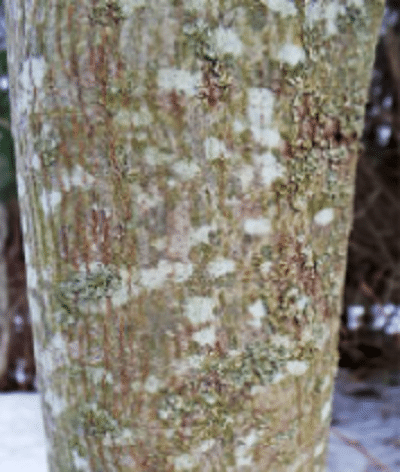
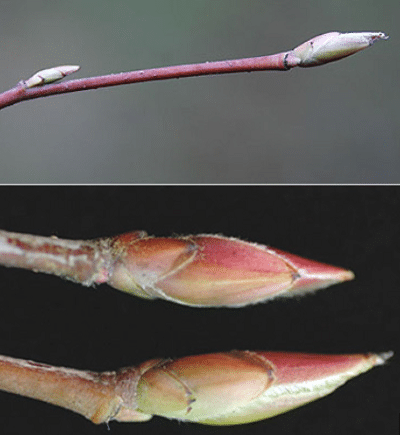
Homeowner's Corner
An upright, heavily branched tree, the Autumn Brilliance Serviceberry provides four seasons of interest with its showy flowers, edible fruits, fall color, and bark. An excellent small-stature tree (22-25 feet), the Autumn Brilliance Serviceberry does well in constrained spaces with less-than-ideal light conditions. It works well in woodland gardens, small yards, or where height is restricted by utilities.
Serviceberry can be planted near patios and sidewalks. The shrub is shallow-rooted so adding a layer of mulch around it will help conserve moisture and moderate soil temperature. The fruit is edible to humans and has a similar taste to blueberries. They can be eaten raw or used in jellies, jams, and pies.
Wildlife Value: Birds will feed on insects when the tree is in bloom, but the real show begins in June when the fruit matures. Expect to see Orioles, Bluebirds, Cedar Waxwings, Scarlet Tanagers, Northern Flickers, and Robins feasting on the berries in midsummer.
Rust, leaf spot, fire blight, powdery mildew, and canker can be occasional disease problems.
